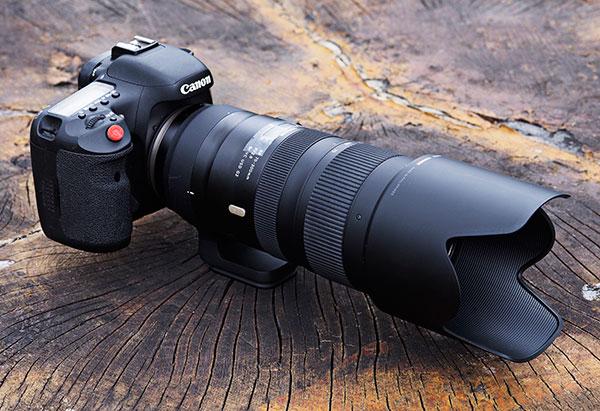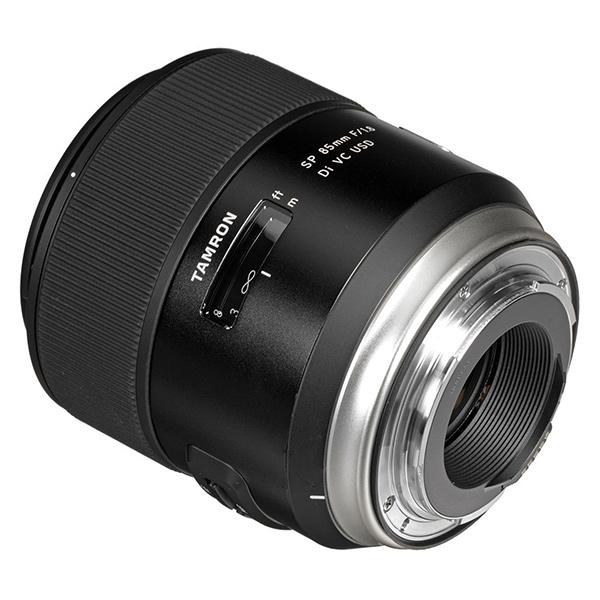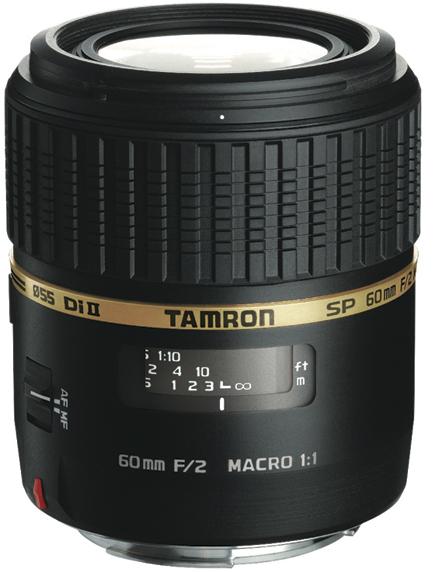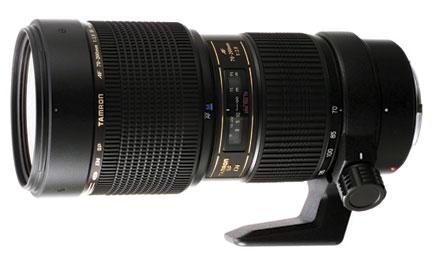Lens Reviews
Sort By: Post DateTitle Publish Date
|
Jun 14, 2017 |
|
Dec 17, 2013 |
First Published: Nov 01, 2013 |
|
Jun 24, 2016 |
|
Apr 04, 2016 |
|
Mar 17, 2014 |
First Published: Feb 01, 2014 |
|
Apr 06, 2009 |
|
Nov 19, 2021 |
|
Aug 01, 2010 |
|
Nov 01, 2005 |
|
Aug 01, 2007 |
|
Apr 01, 2009 |
|
Apr 01, 2008 |
|
Aug 01, 2006 |
|
Dec 01, 2009 |















